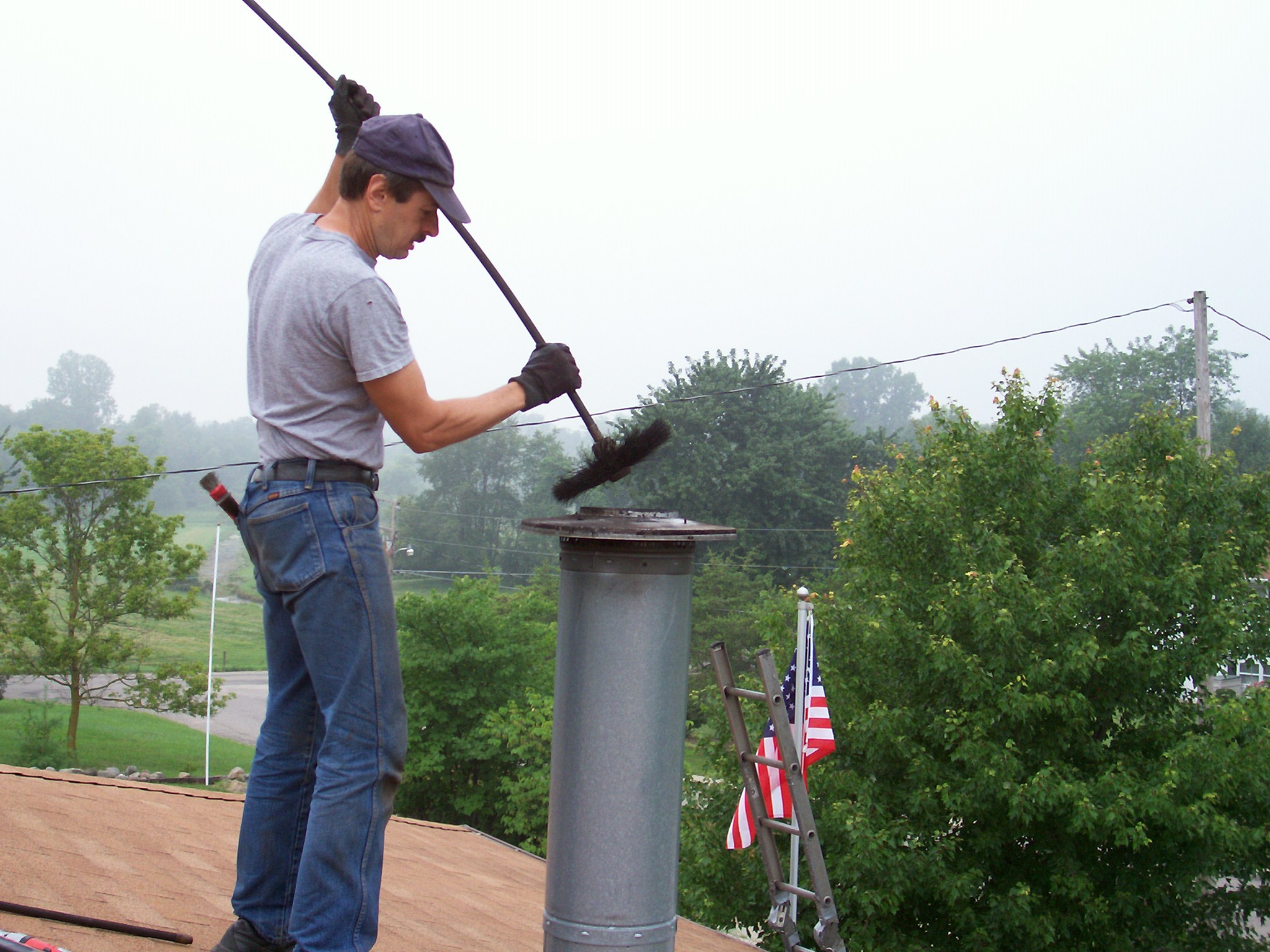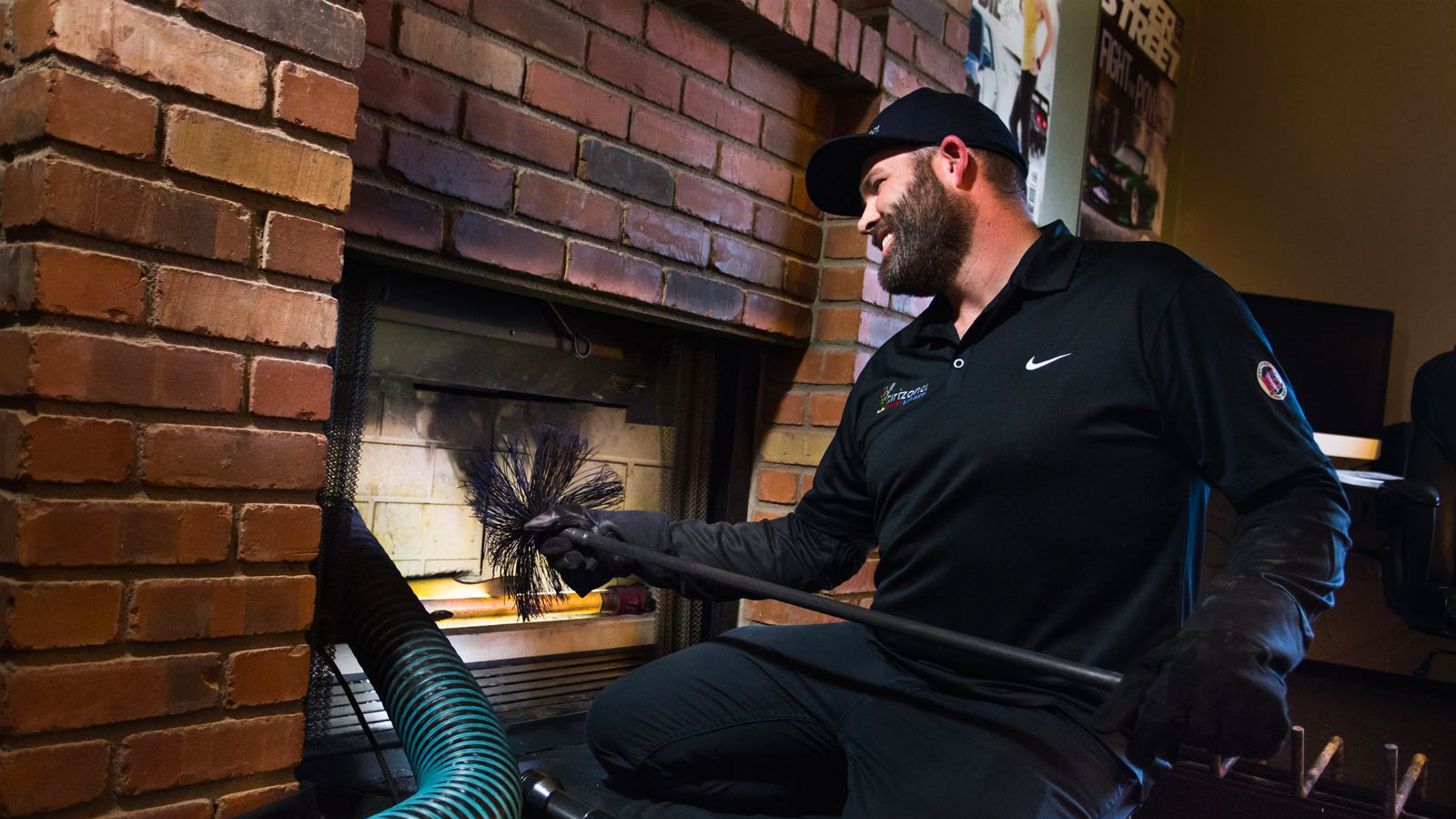Your Fireplace's Buddy: Chimney Clean San Jose for a Relaxing and Safe Home
Your Fireplace's Buddy: Chimney Clean San Jose for a Relaxing and Safe Home
Blog Article
Smokeshaft Cleansing: A Step-by-Step Guide to Preserving a Healthy Fire Place
Maintaining a healthy and balanced fire place is important for the safety and security and effectiveness of your home. Regular smokeshaft cleaning is a crucial part of this maintenance routine. In this step-by-step guide, we will certainly supply you with detailed instructions on exactly how to effectively cleanse your smokeshaft, ensuring that it functions ideally and decreases the risk of fire threats. By adhering to these guidelines, you will certainly learn just how to gather the needed devices, do an aesthetic assessment, clear particles and build-up, sweep the smokeshaft, and complete the last actions for ongoing maintenance. With a professional method and attention to detail, you can with confidence care for your fireplace and appreciate its warmth and comfort for many years to find.
Gathering the Necessary Tools
To start the process of chimney cleansing, the initial action is to collect all the needed tools. Having the right devices handy makes certain a safe and reliable cleansing procedure. The necessary tools for chimney cleaning consist of a chimney brush, a ladder, ground cloth or plastic sheets, a flashlight, gloves, and a dirt mask.
The chimney brush is the main tool made use of to remove soot and creosote buildup from the flue - Chimney Clean San Jose. It is vital to pick a brush that matches the dimension and form of your chimney.
Decline towels or plastic sheets are important for securing the surrounding location from dust and particles. They aid include the mess and make clean-up less complicated. A flashlight is important for examining the smokeshaft's interior for any type of indicators of damage or obstructions. Handwear covers are needed to protect your hands from residue and other dangerous substances, while a dust mask helps prevent the breathing of debris.
Carrying Out an Aesthetic Inspection

Making use of a flashlight, meticulously take a look at the indoor wall surfaces of the smokeshaft for any indicators of damage, such as splits, loosened blocks, or mortar wear and tear. These concerns can endanger the smokeshaft's structural integrity and present a severe security danger. Additionally, check for any type of signs of water damages, such as discoloration or efflorescence, as this can indicate a dripping smokeshaft cap or flashing.
Following, examine the chimney flue for any kind of blockages. Try to find the visibility of nesting products, leaves, or particles that might have built up over time (Chimney Clean San Jose). These blockages can limit air flow, increase the danger of carbon monoxide buildup, and prevent the chimney's capacity to properly vent smoke
During the visual assessment, pay attention to the chimney crown, which is the top surface area that shields the smokeshaft from wetness. Seek splits or missing out on items in the crown, as these can enable water to enter the chimney and create significant damages.
Clearing Up Particles and Accumulation
After completing the aesthetic examination, the following action in smokeshaft cleansing involves cleaning particles and accumulation to make certain the proper performance of the fireplace. In time, debris such as leaves, branches, and pet nests can accumulate in the chimney, blocking the flow of air and creating possible fire risks. In addition, the build-up of creosote, a tar-like material, is an usual trouble in smokeshafts. Creosote is created when wood or nonrenewable fuel sources are melted, and if not gotten rid of frequently, it can cause smokeshaft fires.
A smokeshaft brush, particularly made for this purpose, is made use of to remove loose debris and creosote from the smokeshaft wall surfaces. It is crucial to select a brush that matches the dimension of your smokeshaft to make certain reliable cleaning.
To begin, place the brush right into the chimney and relocate up and down, rubbing the wall surfaces to displace any debris or creosote. Use a sweeping activity to guarantee extensive cleansing. It is recommended to begin with the bottom and work your way up. Once the brushing is full, use a vacuum cleaner or a chimney brush extension to eliminate the dislodged particles from the fire place.

Brushing Up the Smokeshaft
The sweeping of the chimney is a vital action in preserving a healthy fire place. Over time, soot, creosote, and various other debris can gather in the smokeshaft, blocking the flow of air and possibly causing a harmful accumulation of flammable products. Normal special info chimney sweeper not only ensures appropriate air flow yet additionally stops the risk of chimney fires.
When it comes to chimney sweeping, it is highly advised to work with a professional chimney sweeper. These specialists have the expertise and devices required to securely and effectively get rid of the collected particles from your smokeshaft. They will normally start by covering the fire place to stop any type of soot or particles from entering your home. Utilizing specialized brushes and vacuum cleaner tools, they will after that clean up the chimney from top to bottom, ensuring that all the build-up is thoroughly gotten rid of.
It is very important to keep in mind that the frequency of chimney sweeping relies on numerous factors, such as the sort of gas made use of, the amount of usage, and the sort of chimney. As a general general rule, it is suggested to have your smokeshaft swept and inspected at the very least annually.
Final Steps and Maintenance
After finishing the smokeshaft sweeping procedure, the very first step in the final maintenance is to examine the smokeshaft cap and spark arrestor. These elements protect against particles, pets, and rainwater from going into the chimney.

Examine the within the fire place for any signs of wear and tear, such as fractures, loosened bricks, or damaged mortar. These problems can affect the architectural honesty and safety of the fireplace. Consult an expert chimney move or check my blog mason to address them without delay. if any type of issues are spotted.
Ultimately, consider installing carbon monoxide detectors near the fireplace and throughout your home. These tools can detect the existence of this hazardous gas, supplying an early caution system in case of a chimney malfunction. On a regular basis examine and change the batteries in these detectors to guarantee their effectiveness.
Conclusion
In conclusion, complying with a step-by-step overview for smokeshaft cleaning is vital in preserving a healthy and balanced fireplace. By collecting the required devices, doing a visual inspection, removing particles and accumulation, and brushing up the chimney, house owners can make certain the safety and security and efficiency of their fire place. Routine maintenance and cleaning will assist stop chimney fires and enhance air quality in the home. It is vital to focus on smokeshaft cleansing as a component of total home upkeep.
The vital devices for chimney cleansing consist of a smokeshaft brush, a ladder, drop fabrics or plastic sheets, a flashlight, handwear covers, and a dust mask.
A chimney brush, especially developed for this purpose, is used to remove loosened particles and creosote from the smokeshaft wall surfaces. Routine chimney brushing up not just makes sure proper ventilation but also protects against the risk of chimney fires.
When it comes to smokeshaft sweeping, it is highly advised to work with a professional smokeshaft move. After finishing the smokeshaft sweeping process, the first step in the last maintenance is to inspect the chimney cap and stimulate arrestor.
Report this page